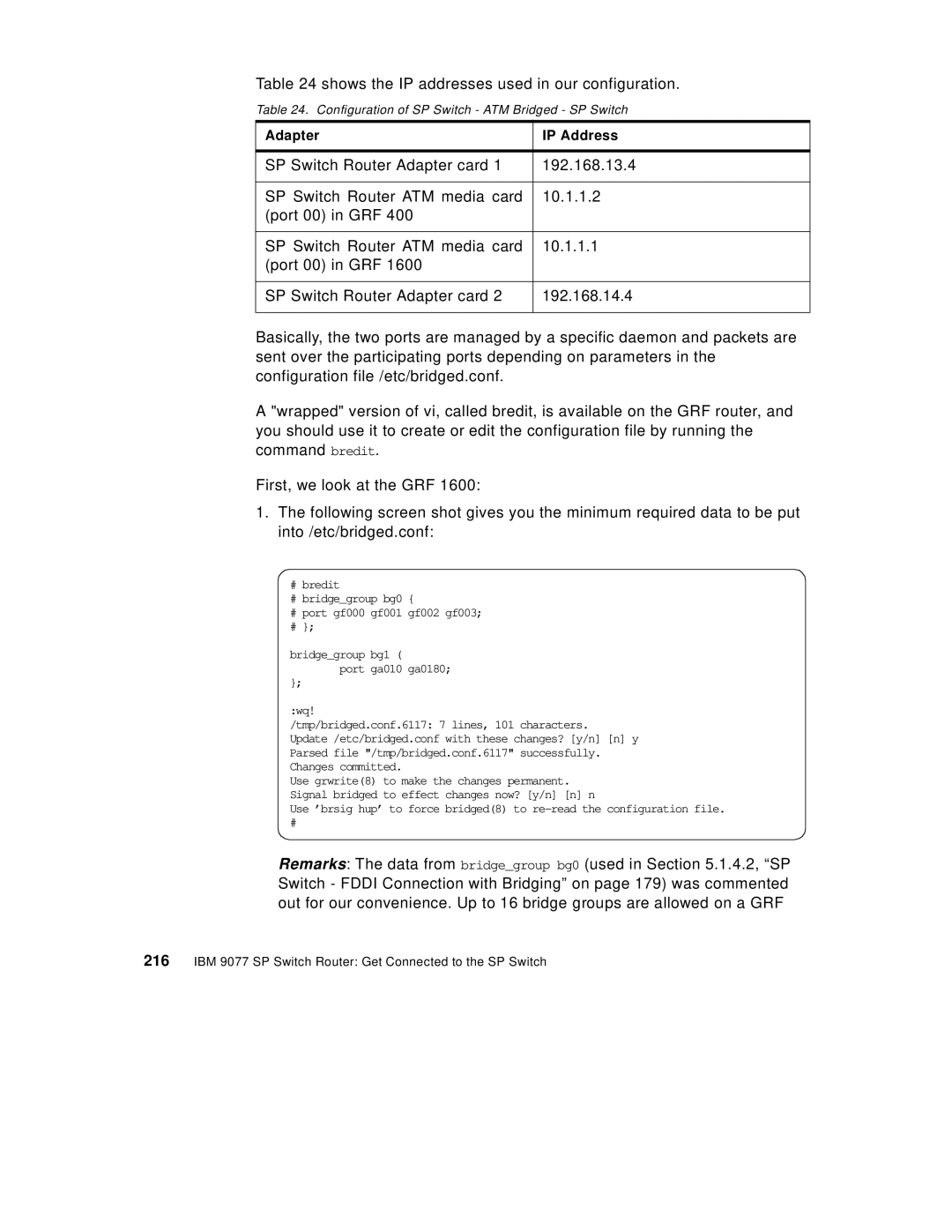
Table 24 shows the IP addresses used in our configuration.
Table 24. Configuration of SP Switch - ATM Bridged - SP Switch
Adapter | IP Address |
|
|
SP Switch Router Adapter card 1 | 192.168.13.4 |
|
|
SP Switch Router ATM media card | 10.1.1.2 |
(port 00) in GRF 400 |
|
|
|
SP Switch Router ATM media card | 10.1.1.1 |
(port 00) in GRF 1600 |
|
|
|
SP Switch Router Adapter card 2 | 192.168.14.4 |
|
|
Basically, the two ports are managed by a specific daemon and packets are sent over the participating ports depending on parameters in the configuration file /etc/bridged.conf.
A "wrapped" version of vi, called bredit, is available on the GRF router, and you should use it to create or edit the configuration file by running the command bredit.
First, we look at the GRF 1600:
1.The following screen shot gives you the minimum required data to be put into /etc/bridged.conf:
#bredit
#bridge_group bg0 {
#port gf000 gf001 gf002 gf003;
#};
bridge_group bg1 (
port ga010 ga0180;
};
:wq!
/tmp/bridged.conf.6117: 7 lines, 101 characters.
Update /etc/bridged.conf with these changes? [y/n] [n] y Parsed file "/tmp/bridged.conf.6117" successfully. Changes committed.
Use grwrite(8) to make the changes permanent. Signal bridged to effect changes now? [y/n] [n] n
Use ’brsig hup’ to force bridged(8) to
#
Remarks: The data from bridge_group bg0 (used in Section 5.1.4.2, “SP Switch - FDDI Connection with Bridging” on page 179) was commented out for our convenience. Up to 16 bridge groups are allowed on a GRF
